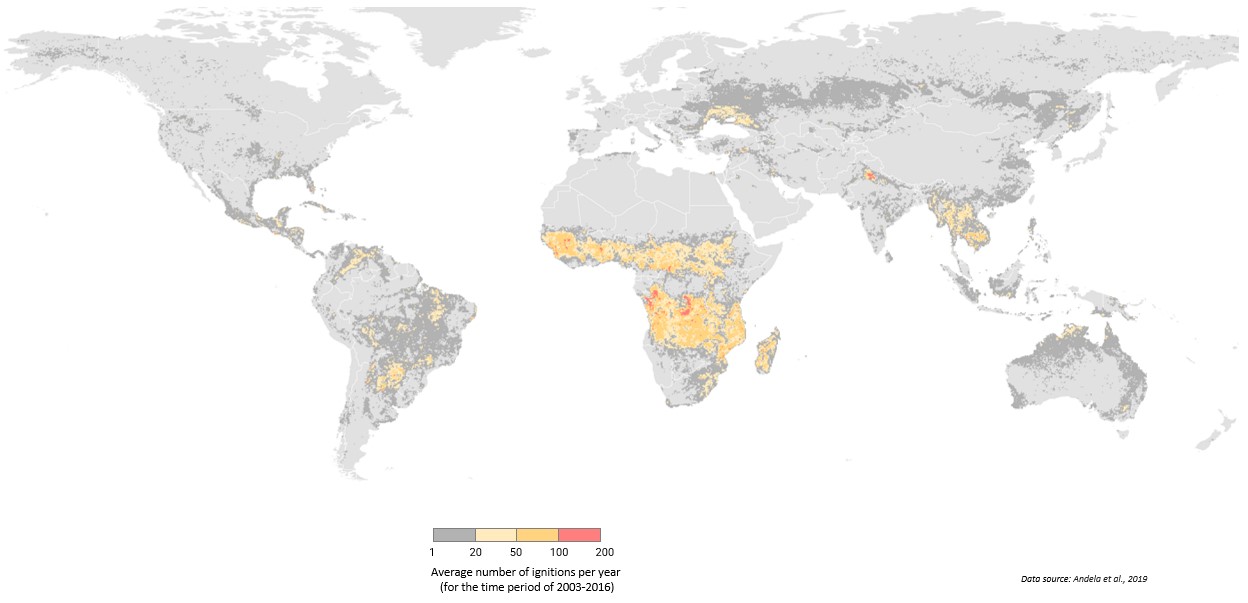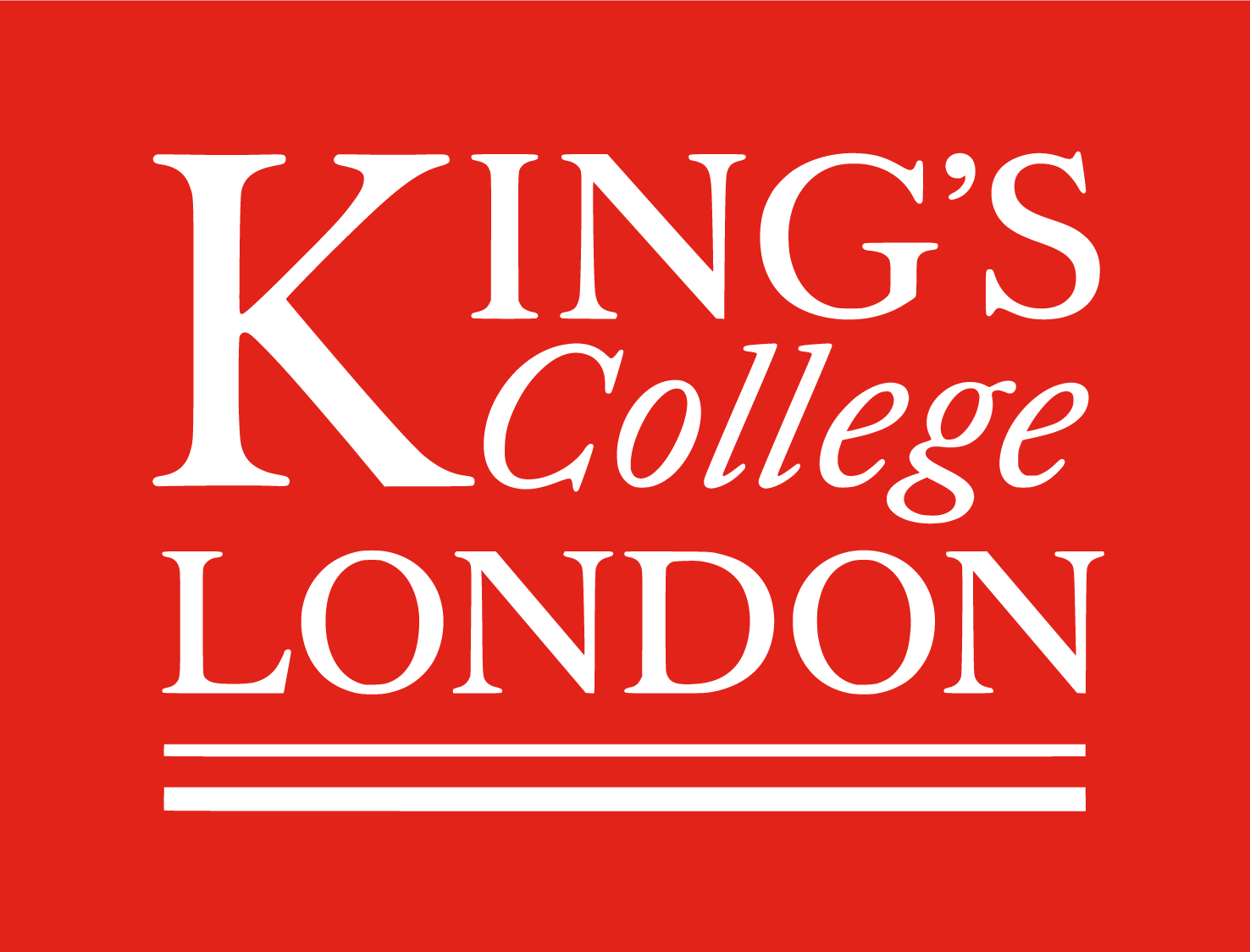This project aims to:
- investigate atmospheric composition impacts of fire on a global scale and evaluate models’ ability to capture them.
- quantify preindustrial to present-day radiative forcing of wildfire emissions.
- explore impacts of short-lived fire-emitted pollutants on future climate, globally and regionally.
This project will be the first to systematically explore fire effects on atmospheric composition and climate using a wide synergy of simulations and modelling. The focus will be on short-lived species, namely aerosols and ozone precursors. Furthermore, this project aims to involve the use of targeted simulations (primarily from satellites) and a carefully selected suite of observations that will help evaluate the models’ ability to simulate atmospheric composition and the role of wildfires, in a process-based way. Model sensitivity experiments, in conjunction with the observations, will help identify the role of wildfires in past and future climates. Specifically, this project’s objectives will be on preindustrial to present-day radiative forcing of wildfire emissions, and on exploring climate feedback and impacts on future atmospheres.

Fig1. Global map showing the average number of ignitions per year for the period 2003 to 2016. The data used were derived from Andela, N., Morton, D. C., Giglio, L., & Randerson, J. T. (2019). Global fire atlas with characteristics of individual fires, 2003-2016. ORNL DAAC. Oak Ridge, Tennessee, USA. https://doi.org/10.3334/ORNLDAAC/1642







